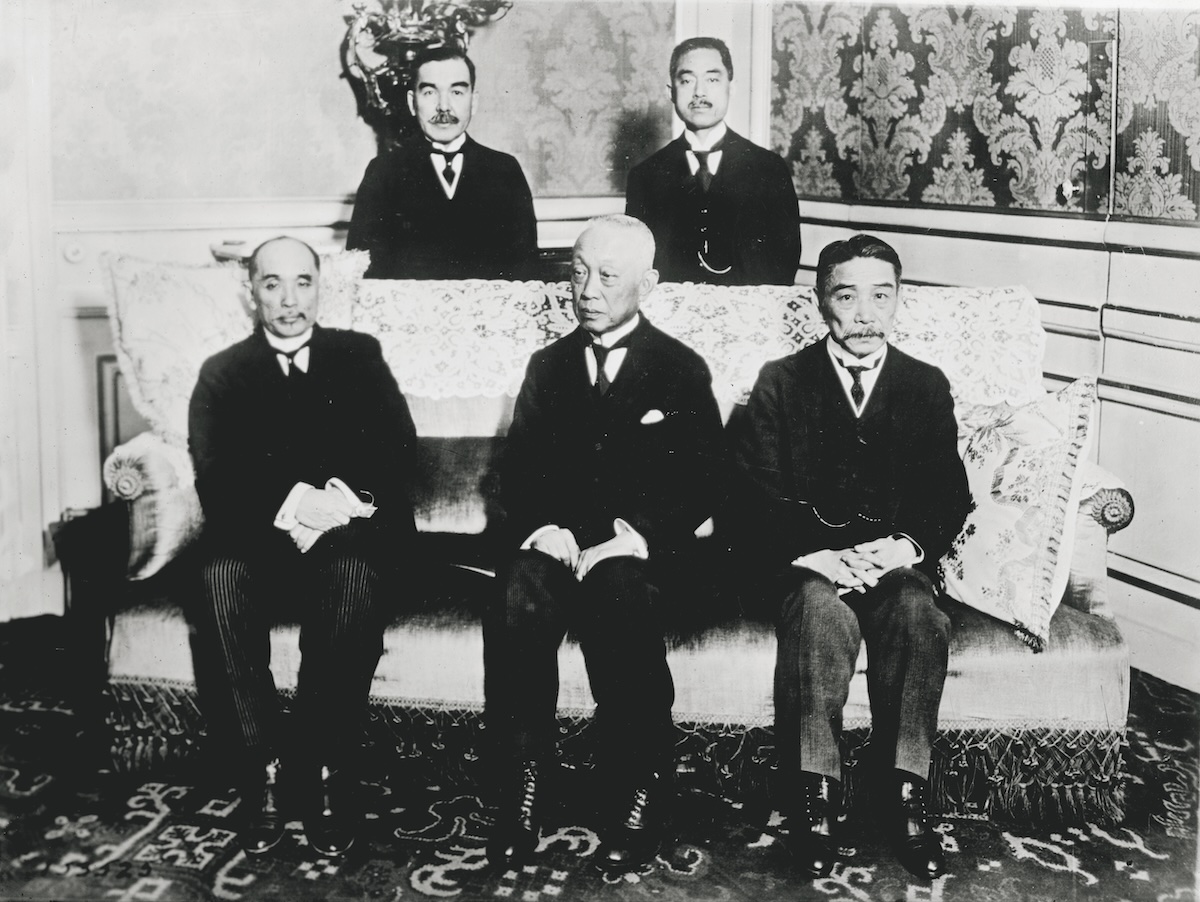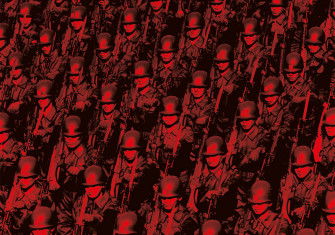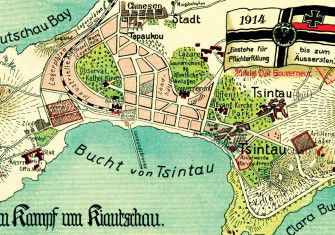Japan, the West and the Treaty of Versailles
At the outset of the 1919 Paris Peace Conference Japan enjoyed a seat at the top table, but the vexed issue of racial equality set it and its notional Western allies on different paths.

The Treaty of Versailles, signed in the opulent Hall of Mirrors in June 1919, is usually remembered as the work of the US president Woodrow Wilson alongside the prime ministers of Britain, France and Italy: David Lloyd George, Georges Clemenceau and Vittorio Orlando. Together, the ‘Big Four’ and their respective delegations were credited with laying the foundations for what all involved hoped would be a new and lasting era of global peace.







